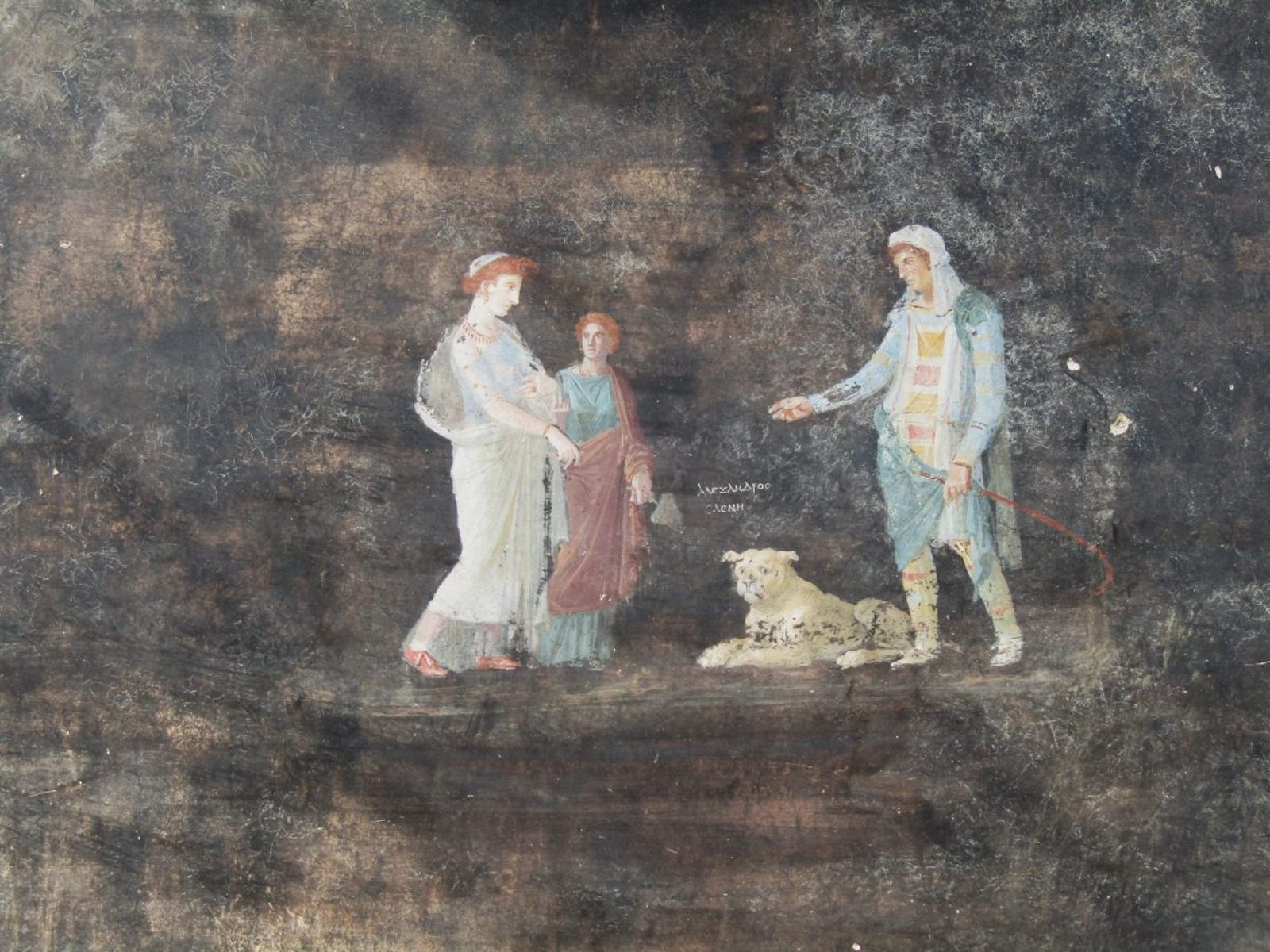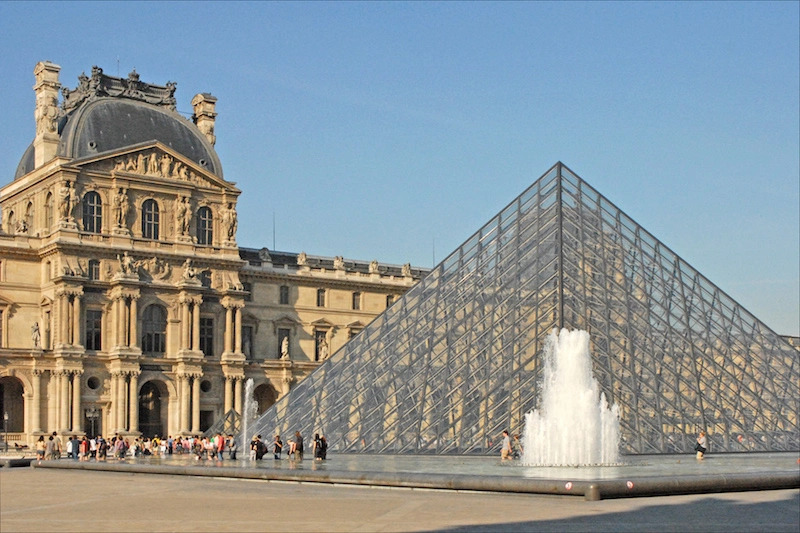Archaeologists in Pompeii have unearthed remarkably well-preserved frescoes portraying scenes from the legendary Trojan War myth within a banquet hall located in a known residential and commercial area of the ancient city.
One of the frescoes depicts the god Apollo, holding his iconic lyre, endeavoring to charm Cassandra. In the myth, Apollo granted Cassandra the gift of foresight in an attempt to win her love. When his advances were rebuffed and he couldn’t retract the divine boon, he cursed her so that her prophecies would never be believed. Consequently, Cassandra couldn’t prevent the outbreak of the Trojan War, sparked by her brother Paris (also known as Alexander) eloping with the beautiful Helen of Troy, who was married to King Menelaus of Troy. Some versions suggest that Helen willingly followed Paris out of love. Another fresco portrays the divine Zeus assuming the guise of a swan to seduce Leda, the queen of Sparta and Helen’s mother, a popular motif in art depicting the lineage of Helen.
These frescoes belong to the Third Style of Roman wall painting, characterized by delicately rendered figures set against monochromatic backgrounds embellished with intricate borders. Flourishing between approximately 20 BCE and 60 CE, Third Style frescoes aimed to emulate framed artworks or altars, employing visual tricks like simulated beams, shaded columns, and gleaming candelabras, all skillfully painted onto flat walls.
Gabriel Zuchtriegel, Director of Pompeii’s Archaeological Park, suggested in a public statement that the frescoes likely featured dark backgrounds rather than the vibrant hues typical of other rooms throughout Pompeii. This choice was likely made to obscure the carbon residue left behind by lamps hung along the walls.
Zuchtriegel further explained, “In this space, revelers would gather to dine after nightfall, and the flickering lamplight would animate the scenes, especially after indulging in a few glasses of fine Campania wine.”
Situated within Pompeii’s Regio IX (Region 9), this particular banquet hall formed part of an upscale residential complex, leading out to an open-air courtyard and a staircase ascending to the building’s upper level. Beneath the staircase’s archway lay a substantial amount of construction materials, indicating ongoing renovations at the time of Mount Vesuvius’s catastrophic eruption in 79 CE.









